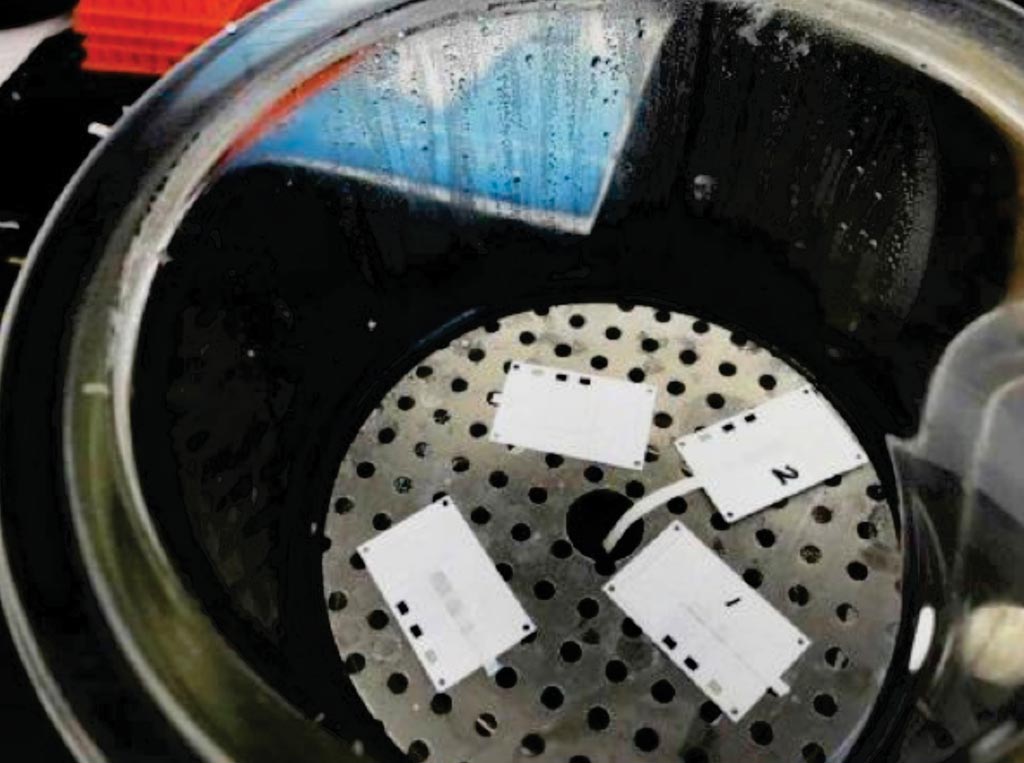New Method Can Quickly and Accurately Detect Infections
By LabMedica International staff writers
Posted on 06 Jul 2018
A method has been developed that can show quickly and accurately whether a person has been infected with harmful bacteria or other pathogens and additionally, this new method shows the exact severity of infection in a person.Posted on 06 Jul 2018
The most common method of testing for infection in medical facilities is currently a strip that turns a certain color when infected fluids come into contact with it. Other methods include microbiology or examining body fluid samples under a microscope and counting white blood cells, also known as leukocytes, which are an indicator of an infection. However, these can be slow processes and require more highly trained personnel.

Image: A new electrochemical method developed to test the presence of a bacterial infection using strips is faster and more accurate than methods currently on the market (Photo courtesy of the University of Texas at San Antonio).
Biochemists at the University of Texas at San Antonio (TX, USA) sought out an easier and more rapid method of testing for infection, resolved to test an electrochemical approach. They created molecules that bind to leukocyte enzymes and produce an electrical current to signal the presence of an infection. Their new molecules are housed on a testing strip. After being contacted with infected bodily fluids, the strip is connected to a computer monitor that displays a clear range of electrochemical responses demonstrating the severity of an infection.
The team introduced a new class of substrates (compounds I–III) for leukocyte esterase (LE) that react with LE yielding anodic current in direct proportion to LE activity. The kinetic constants Km and kcat for the enzymatic reactions were determined by amperometry at a glassy carbon electrode. The binding affinity of I–III for LE was two orders of magnitude better than that of existing optical LE substrates. The average enzymatic activity of LE released from a single leukocyte was equal to 4.5 nU when measured with the compound (methoxycarbonyl)pyridine.
Stanton F McHardy, PhD, a professor of Medicinal Chemistry, said, “The signs and symptoms people demonstrate aren't always reflective of the level of the infection they have. This device could very easily show just how serious an infection is and make diagnosis a much quicker process, possibly preventing a more serious illness.” The study was originally published online n April 20, 2018, in the journal ChemBioChem.
Related Links:
University of Texas at San Antonio













